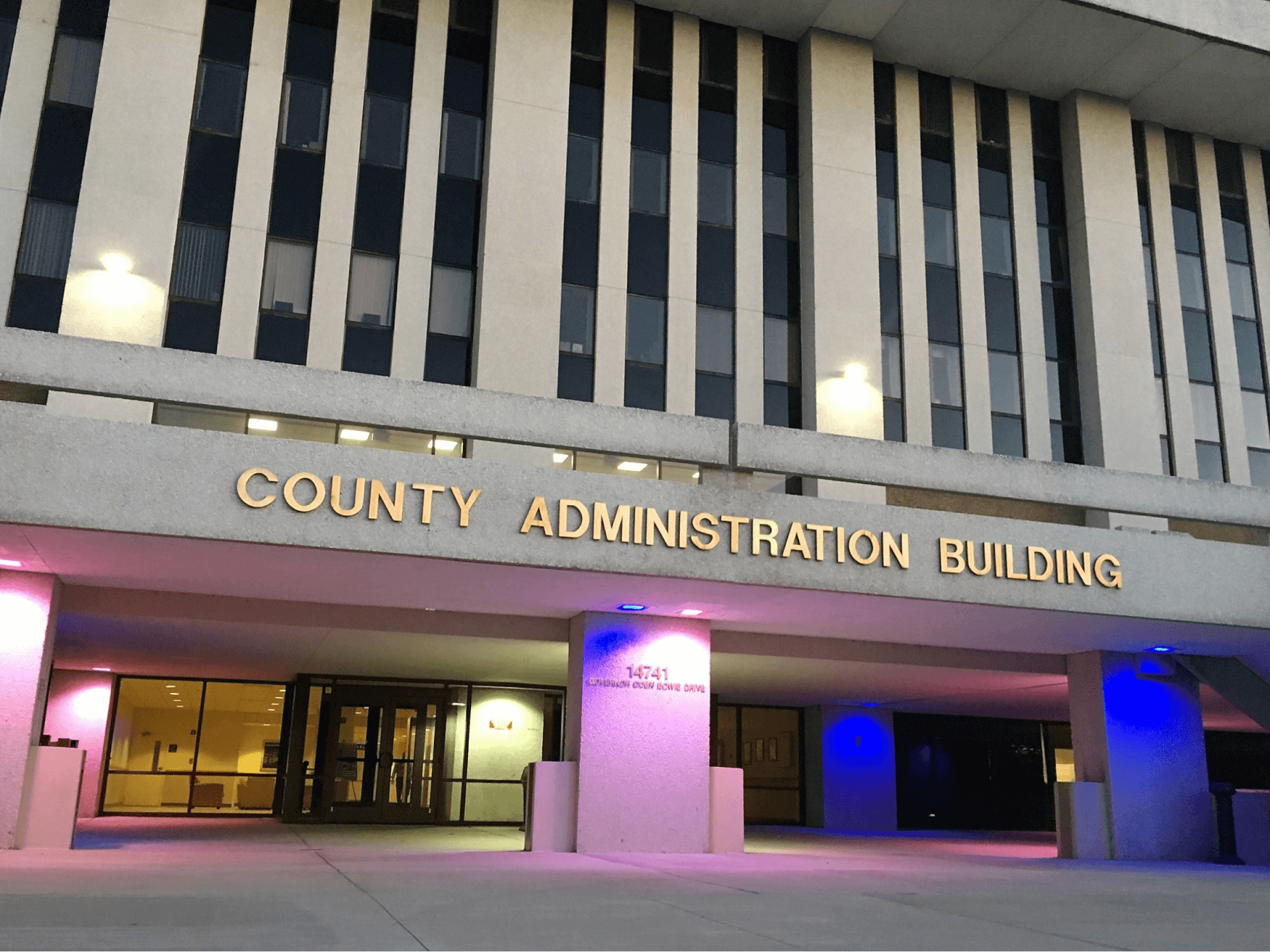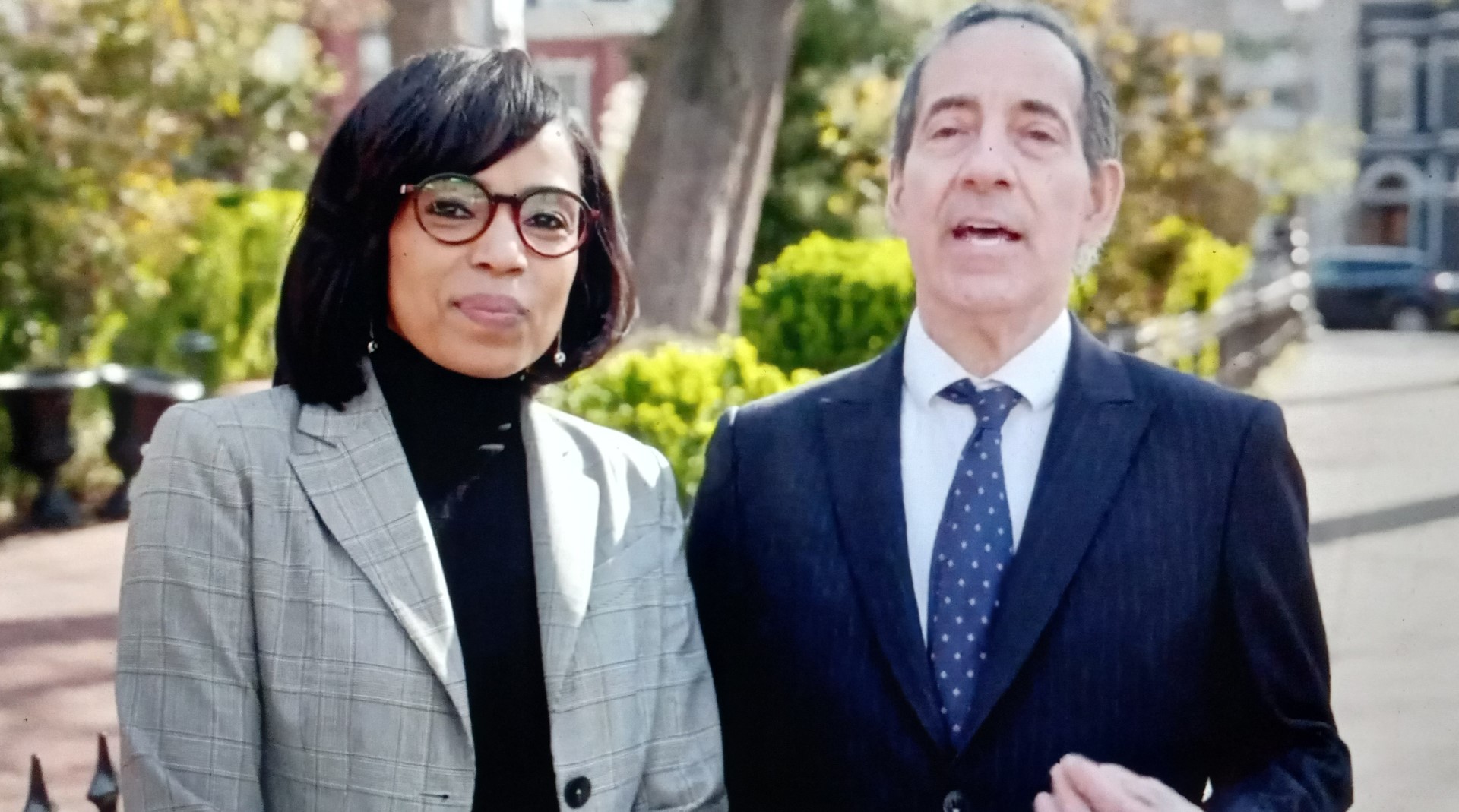Maryland’s Highest Court Overturns Controversial Prince George’s Map

When six members of the Prince George’s County Council surprised their colleagues and the public with an 11th hour redistricting plan in November, residents voiced immediate objection.
They held rallies, flooded the council with calls and emails, turned out en masse at a public hearing, and they vowed to pursue every available remedy. They also hired an attorney.
On Monday, their efforts to kill the controversial map prevailed.
In a two-page order, the Maryland Court of Appeals upheld a lower court decision striking down the council’s map and ordering Prince George’s to use boundaries drawn by an independent three-member commission instead.
Although residents accused the six-member block of gerrymandering — using their power to draw lines to protect incumbents and disadvantage potential challengers — their Prince George’s-based attorney, Matthew G. Sawyer, fought the county on procedural grounds.
He argued that the council flouted the law by passing its alternative map as a resolution. To be valid, Sawyer said, lawmakers needed to approve a bill. The Court of Appeals agreed.
“I think this is the right decision,” Sawyer said. “The system eventually worked.”
While the resolution-versus-bill distinction may seem small, approving a redistricting plan the way the council did had a significant impact on the ability of citizens to press elected officials for a course correction, plaintiffs’ attorneys insisted.
“By using a resolution, it removed the county executive’s ability to veto (the map), and it removed the people’s opportunity to lobby the county executive to veto it,” Sawyer said.
The Court of Appeals held a hearing on the case, Prince George’s County vs. Robert E. Thurston et al, on Friday. Plaintiffs were represented by former state delegate Timothy F. Maloney, a politically well-connected attorney hired by former Councilmember Eric Olson’s campaign.
Olson (D) was one of several potential 2022 candidates impacted by the council alternative, as he was drawn in with an incumbent who intends to seek re-election. He has been running since last summer for a seat that is coming open due to term limits.
He called the ruling “terrific news.”
“The council acted improperly in gerrymandering and rigging the districts, and they acted improperly in the manner in which they attempted to pass it,” Olson said.
“The public has been following this and the public does not like the nonsense, the political games being played,” he added. “This sends a message.”
On top of their gerrymandering accusations, residents said they didn’t like the way lawmakers divided communities that had worked together.
Councilmember Jolene Ivey (D), one of three members to vote against the map offered by colleague Derrick Leon Davis (D), said she was pleased that “current” districts, including her own, will remain largely intact.
“The voters let us know what map they wanted, and the courts’ rulings have the effect of giving them the Commission’s map,” she said. “That’s a big win for the voters.”
The Court of Appeals ruling did not lay out the legal rationale for upholding the lower court’s order. Those reasons will be “stated later” in a written opinion, Chief Judge Joseph M. Getty wrote.
The map rejected by the courts was supported by Davis, Council President Calvin S. Hawkins II (D), Deni Taveras (D), Mel Franklin (D), Sydney J. Harrison (D) and Todd Turner (D).
Ivey, Thomas E. Dernoga (D) and Dannielle M. Glaros (D) opposed it.
In a statement, Davis called the ruling “unfortunate.”
He said a 2012 ballot question authorized the council to approve decennial redistricting plans by resolution.
The appeals court “upheld a judgement undermining the exercise of laws in our County Charter, the will of nearly 300,000 voters who in 2012 went to the Ballot Box to give the authority to affirm reapportionment by resolution,” Davis wrote.
He added that Olson, then a member of the council, supported the law that set up the referendum, “but he’s obviously entitled to change his mind.”
In a statement, Hawkins also stated he believed the council passed the plan in compliance with the 2012 charter amendment. Even so, the council “will comply” with the court’s ruling, Hawkins said.
In its ruling, the Court of Appeals said that costs for the appeal are to be paid by the county.




 Creative Commons Attribution
Creative Commons Attribution